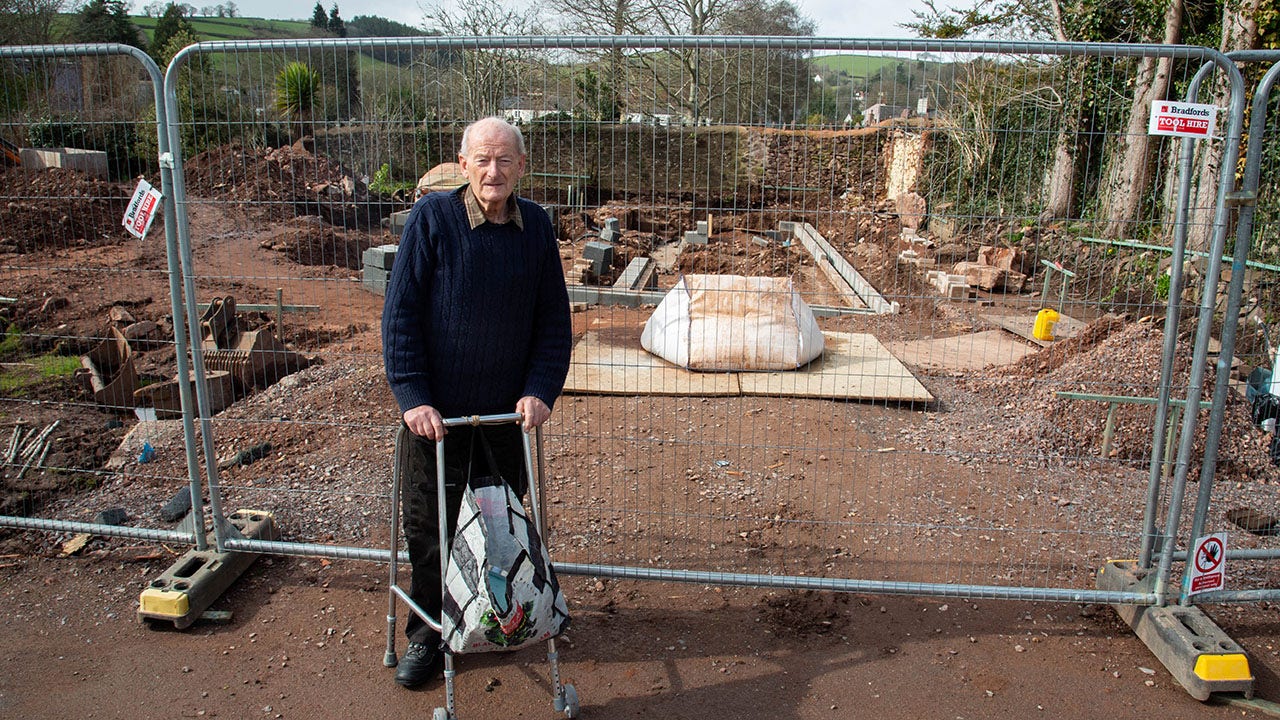Lost palaces are always in the last place you look.
A retiree in England hoped to build a small house in his garden so that he could sell his main house. But when he started the project, he found something unexpected hidden beneath his property: the ruins of a lost 13th century palace.

The ruins of a lost 13th century palace were discovered in an owner’s garden in England.
(SWNS)
The property, which is located in the town of Wiveliscombe, is apparently the lost site of a medieval bishop’s palace, parts of which were unearthed in Charles Pole’s backyard, reports the Southwest News Service (SWNS).
Pole, the owner of the property, is not excited about the discovery, however.
ARE THE ‘HAPPEST CITIES’ IN AMERICA 2021?
“I live alone in a house in Palace Gardens and I am disabled,” he said, as reported by SWNS. “’I was having a garden bungalow built for me and I planned to sell the house. When the builder saw the remains, he was ordered to stop work. It was a big surprise.
“It was exciting to hear that the site contains something of real significance, but the cost of the investigation will cost me around £ 15,000 (approximately $ 20,900) and delayed the bungalow.”
CLICK HERE TO GET THE FOX NEWS APPLICATION
The palace dates back to the 13th century and fell into ruins in the 18th century. At some point, it had disappeared and historians were unable to determine its location. But it turns out that they just weren’t looking in the right yards.
“They are believed to be part of the original foundations of the bishop’s palace complex,” a South West Heritage Trust spokesman told SWNS. “The remains of the building are clearly from a medieval date and represent two stages of development on the site.”
South West Heritage claims that the land is now of historic importance, as even pottery items from the previous century (12th) were also unearthed at the site.
“The remains are a significant find and the landowner, archaeologists, builder and architect are working to protect and register the site,” said the spokesman. “Development is being monitored by archaeologists from the South West Heritage Trust as part of the planning requirements.”
